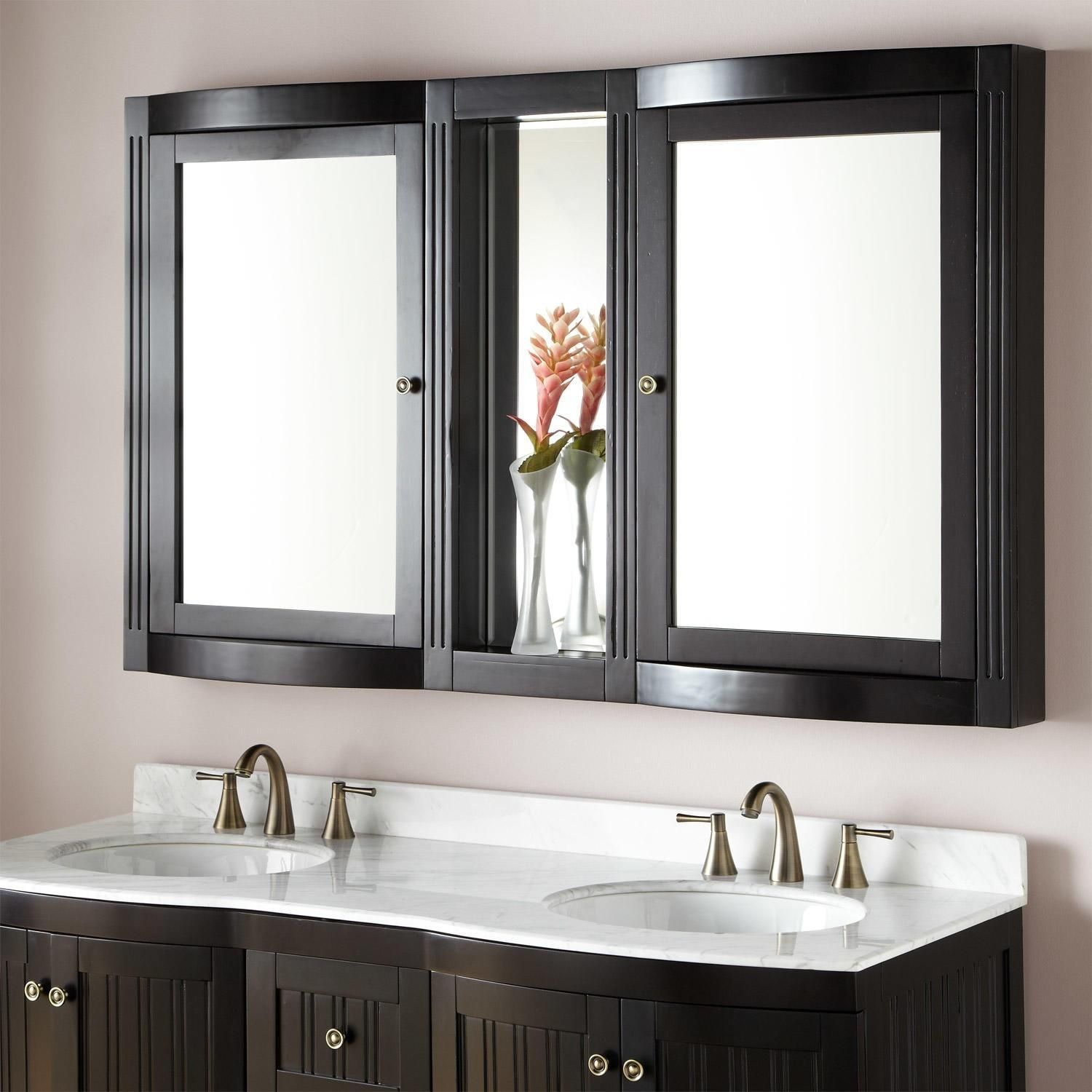Choosing the Right Medicine Cabinet: How To Install A Bathroom Medicine Cabinet

Installing a medicine cabinet is a practical and stylish way to organize your bathroom essentials while adding a touch of elegance to your space. It’s a significant investment, so selecting the right medicine cabinet is crucial. Consider it an opportunity to enhance your bathroom’s functionality and aesthetics.
Medicine Cabinet Size
The size of your medicine cabinet should be carefully considered. A small bathroom may benefit from a compact, surface-mounted cabinet, while a larger bathroom can accommodate a spacious, recessed model. The key is to choose a cabinet that fits seamlessly into your bathroom space without overwhelming it.
Medicine Cabinet Style
The style of your medicine cabinet should complement the existing bathroom decor. Traditional bathrooms often feature ornate, framed cabinets, while modern bathrooms may favor sleek, minimalist designs.
Medicine Cabinet Features, How to install a bathroom medicine cabinet
Medicine cabinets come with various features, such as adjustable shelves, built-in lighting, and even integrated electrical outlets. Consider your specific needs and preferences when selecting these features. For example, a medicine cabinet with a built-in mirror can be a convenient addition for smaller bathrooms.
Preparing for Installation

Installing a bathroom medicine cabinet is a straightforward process that can significantly enhance your bathroom’s functionality and aesthetics. Before you begin, it’s essential to gather the necessary tools and materials and meticulously plan the installation process.
Determining the Ideal Location
The first step is to determine the ideal location for your medicine cabinet. Consider factors such as accessibility, proximity to electrical outlets, and potential obstructions.
It’s crucial to select a location that is convenient for you and provides ample space for the cabinet.
Once you’ve chosen the spot, mark it accurately on the wall using a level and pencil. This ensures that your cabinet is installed straight and level.
Preparing the Wall Surface
Before installing the medicine cabinet, it’s essential to prepare the wall surface. This involves removing any existing fixtures, cleaning the area, and ensuring a smooth and level surface for installation.
Removing Old Fixtures
If the chosen location has an old fixture, such as a towel rack or a light switch, it’s crucial to remove it carefully.
Use a screwdriver or a wrench to loosen the screws holding the fixture in place.
Once the screws are removed, gently pull the fixture away from the wall. If the fixture is connected to electrical wiring, ensure the power is switched off before disconnecting the wires.
Cleaning the Wall Surface
After removing any old fixtures, it’s essential to thoroughly clean the wall surface.
Use a damp cloth and a mild detergent to remove dirt, dust, and grime.
Allow the wall to dry completely before proceeding with the installation.
Gathering the Necessary Tools and Materials
Having the right tools and materials is crucial for a successful installation.
Tools
- Level: To ensure the cabinet is installed straight and level.
- Pencil: To mark the installation location on the wall.
- Measuring tape: To measure the dimensions of the cabinet and the wall space.
- Drill: To drill pilot holes for the screws.
- Screwdriver: To secure the cabinet to the wall.
- Stud finder: To locate studs in the wall for secure installation.
- Safety glasses: To protect your eyes from debris.
Materials
- Medicine cabinet: Choose a cabinet that fits your needs and style.
- Screws: Use screws that are appropriate for the wall material.
- Wall anchors: If the wall is made of drywall or plaster, use wall anchors to provide extra support.
- Caulk: To seal any gaps between the cabinet and the wall.
- Silicone sealant: To prevent moisture from entering the cabinet.
